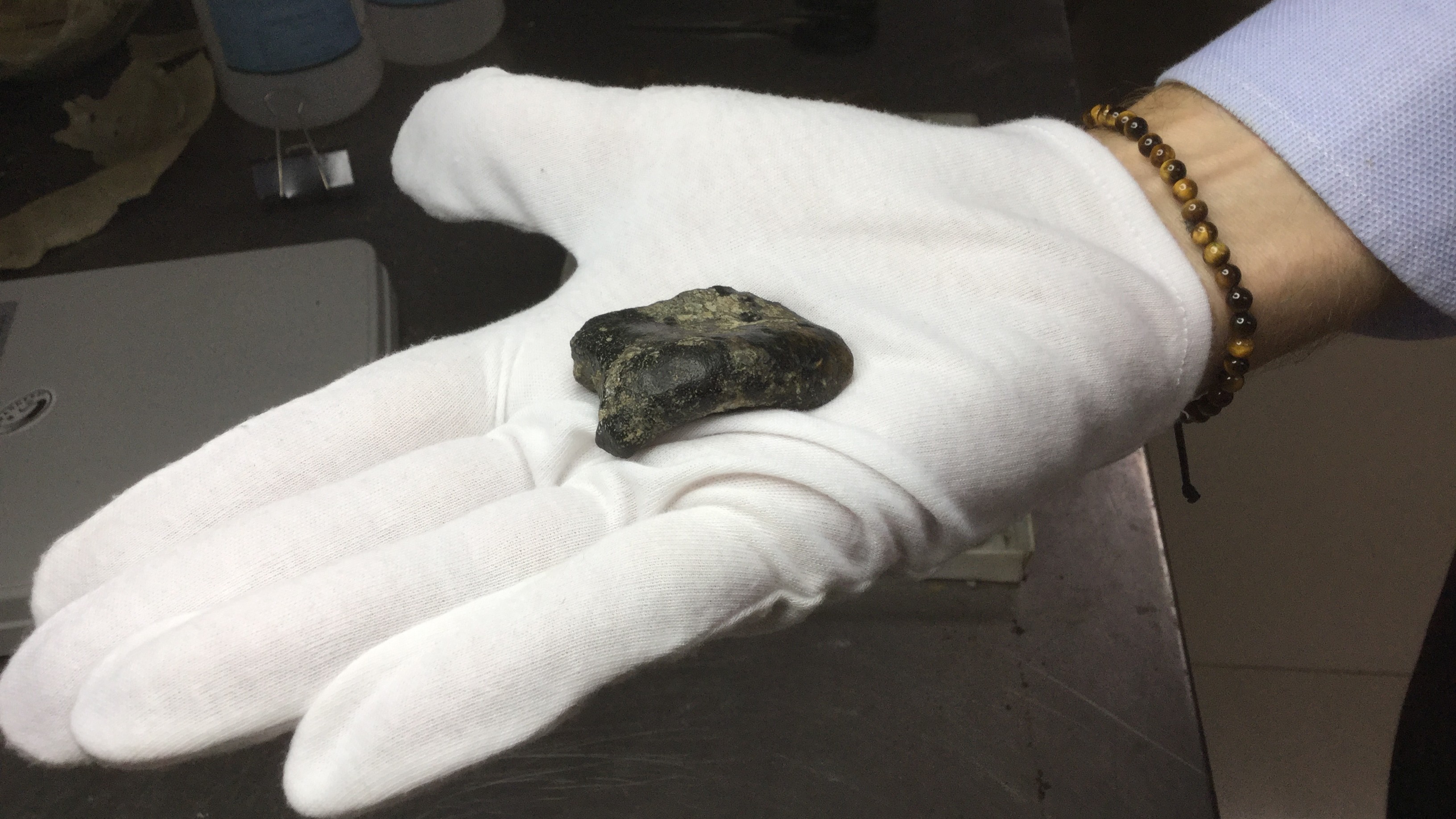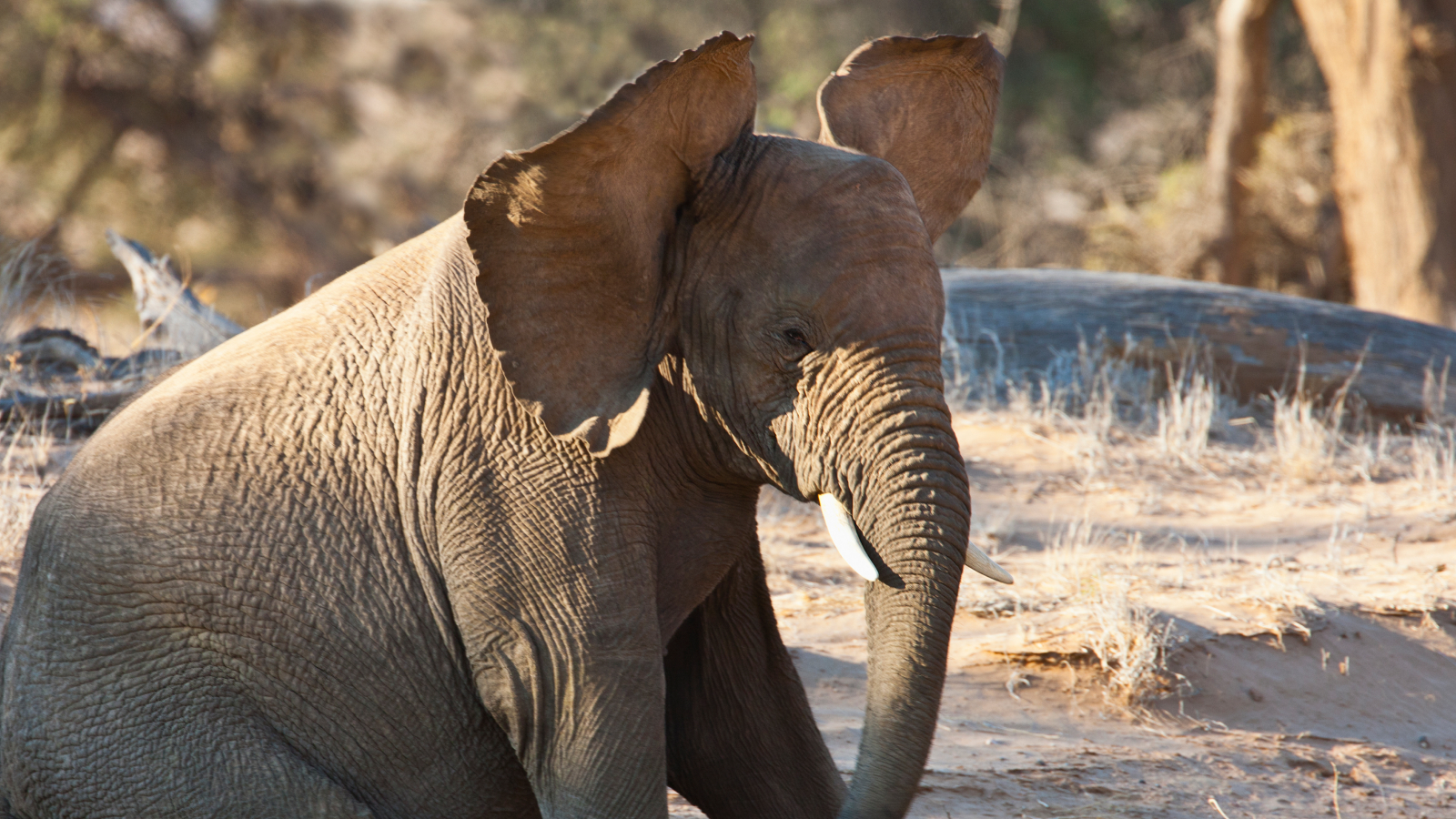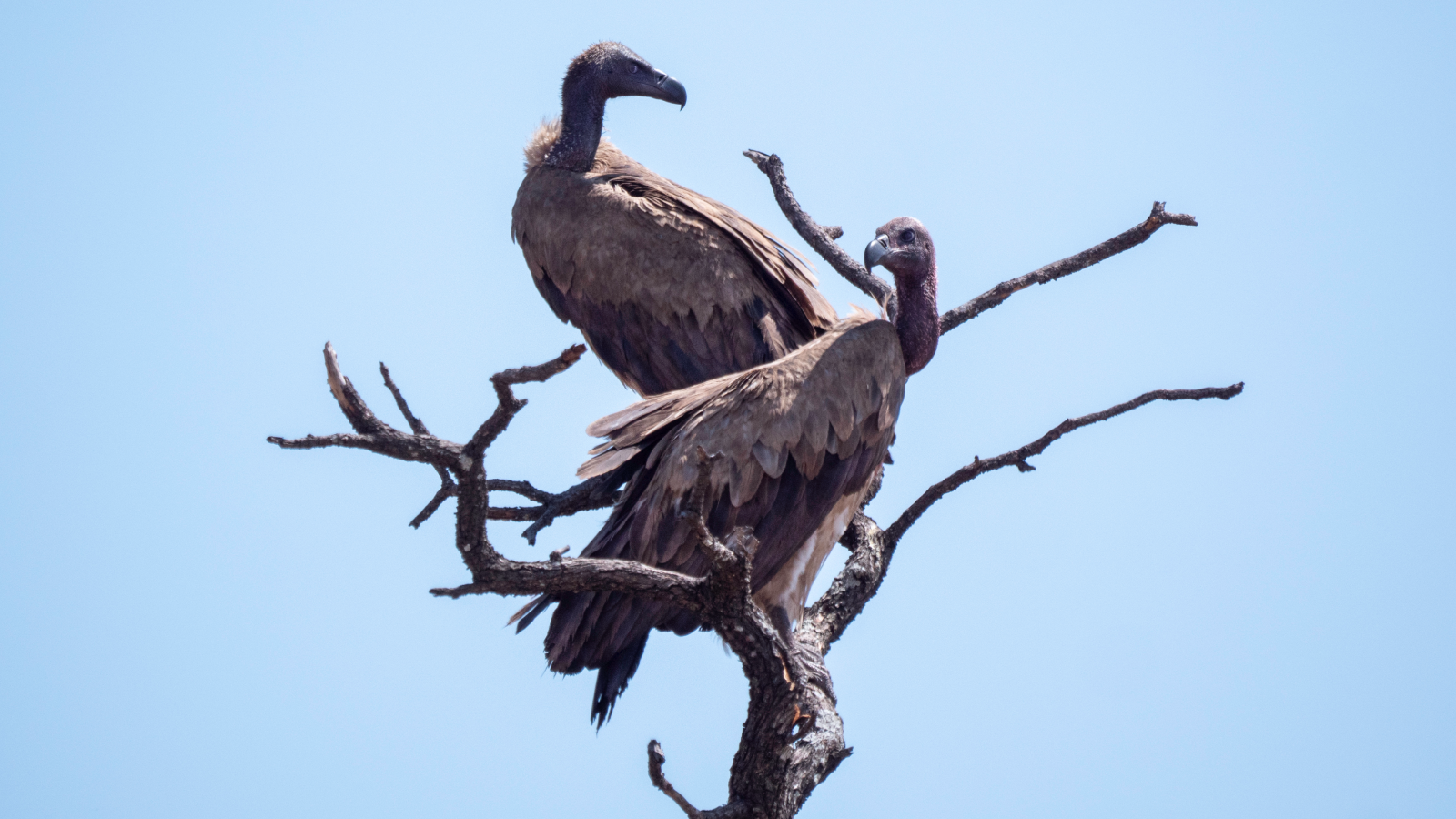Science news this week: 'Super-vision' contact lenses and bacteria in space
May 24, 2025: Our weekly roundup of the latest science in the news, as well as a few fascinating articles to keep you entertained over the weekend.

This week's science news started off with an announcement from the office of former president Joe Biden, saying that the 82-year-old has been diagnosed with an aggressive form of prostate cancer that has spread to his bones. This was followed by a first-of-its-kind study suggesting that hospital superbugs may thrive in these sterile environments by feeding off medical plastic.
But the microbial stars of the science show this week were out of this world. A swab analysis from China's Tiangong Space Station revealed a new strain of bacteria that has never been seen before on Earth. The mysterious microbe, named Niallia tiangongensis after the space station, is a variant of a soil-dwelling species that causes sepsis.
However, during its time in space it evolved some key adaptations that might help in the future of space exploration.
And speaking of evolution, an unlikely discovery in Southeast Asia has offered new insights into the early ancestors of our own species.
Human-like bones found on seafloor
140,000 year old bones of our ancient ancestors found on sea floor, revealing secrets of extinct human species

A construction project off the island of Java in Indonesia unearthed a cache of more than 6,000 prehistoric animal fossils from beneath the seafloor, as well as two believed to belong to an extinct human ancestor, Homo erectus.
H. erectus evolved at least 2 million years ago and is thought to be the first species to develop human-like body proportions. It is also believed to be the first human species to migrate out of Africa, eventually ending up on the islands of Southeast Asia. However, there are many unanswered questions about the relationship between H. erectus and other early humans.
The newly discovered 140,000-year-old fossils not only offer new insights into the tangled web of the human family tree but also hint at a cultural exchange between this long-lost species and our other ancestors.
Get the world’s most fascinating discoveries delivered straight to your inbox.
Discover more human history news
—Our teeth evolved from fish 'body armor' over 460 million years, scientists discover
—Viking Age women may have wielded weapons when pregnant, sagas and ancient artifacts hint
Life's little mysteries
Why do elephants have big ears?

African elephants (Loxodonta africana) have the largest ears in the animal kingdom, growing up to 6.6 feet (2 meters) long and 4 feet (1.3 m) wide — that's about 17% of their body length.
Yes, their large ears help to keep elephants cool. But their big ears have other uses too…
'Super-vision' contact lens
'Super-vision' contact lenses let wearers see in the dark — even with their eyes closed

Scientists have developed night-vision contact lenses that they claim can grant people "super-vision." The lenses use nanoparticles to absorb infrared frequencies of light before re-emitting them as wavelengths of light within the visible spectrum.
The lenses are non-invasive and, unlike traditional night-vision goggles, they don't require a power source. In early tests, people wearing these contact lenses could perceive flickering infrared light and pick up on its direction — the flickering seemed more pronounced when the participants closed their eyes because near-infrared light penetrates our eyelids more effectively than visible light.
The researchers envision their contacts being used for search and rescue operations and to improve vision for those with color blindness.
Discover more technology news
—AI benchmarking platform is helping top companies rig their model performances, study claims
—Breakthrough stretchy battery moves like toothpaste and could power pacemakers and hearing aids
Also in science news this week
—'Strange' star pulses detected in search for extraterrestrial intelligence
—Our teeth evolved from fish 'body armor' over 460 million years, scientists discover
Beyond the headlines
Colossal's de-extinction campaign is built on a semantic house of cards with shoddy foundations — and the consequences are dire

On April 7, biotechnology company Colossal Biosciences announced that they had brought dire wolves (Aenocyon dirus) back from extinction. By genetically engineering cells from modern-day gray wolves (Canis lupus), the company claimed to have brought the animals back after disappearing from the planet 12,500 years ago.
However, many were quick to criticize the claims, asserting that the white, fluffy pups were merely genetically modified gray wolves with a handful of dire wolf characteristics.
More broadly, experts are skeptical about the company's mission to "de-extinct" animals, including dire wolves, dodos, Tasmanian tigers and woolly mammoths. Vincent Lynch, a genetics professor at the University of Buffalo, explained why these claims are not only misleading but potentially dangerous.
Something for the weekend
If you're looking for something a little longer to read over the weekend, here are some of the best long reads, book excerpts and interviews published this week.
—'Cosmic fire' and Earthly ice: See the breathtaking winners of the Milky Way Photographer of the Year 2025 contest (Photo gallery)
—Cat quiz: Can you get a purr-fect score? (Quiz)
And something for the skywatchers:
Science in pictures
Giant 'white streak' appears over multiple US states as Chinese rocket dumps experimental fuel in space

The recent launch of China's Zhuque-2E rocket left a giant "white streak" across the sky in at least seven U.S. states. The rocket released half a dozen satellites into orbit before re-entering the atmosphere.
The luminous streak appeared at 1:24 a.m. ET on Saturday (May 17) and is thought to have resulted from a "fuel dump" at an altitude of around 155 miles (250 kilometers) before the rocket re-entered the atmosphere. The ejected fuel then froze into a ribbon of tiny crystals that reflected sunlight toward Earth, making it shine in the night sky.
Follow Live Science on social media
Want more science news? Follow our Live Science WhatsApp Channel for the latest discoveries as they happen. It's the best way to get our expert reporting on the go, but if you don't use WhatsApp, we're also on Facebook, X (formerly Twitter), Flipboard, Instagram, TikTok, Bluesky and LinkedIn.

Pandora is the trending news editor at Live Science. She is also a science presenter and previously worked as Senior Science and Health Reporter at Newsweek. Pandora holds a Biological Sciences degree from the University of Oxford, where she specialised in biochemistry and molecular biology.
You must confirm your public display name before commenting
Please logout and then login again, you will then be prompted to enter your display name.
